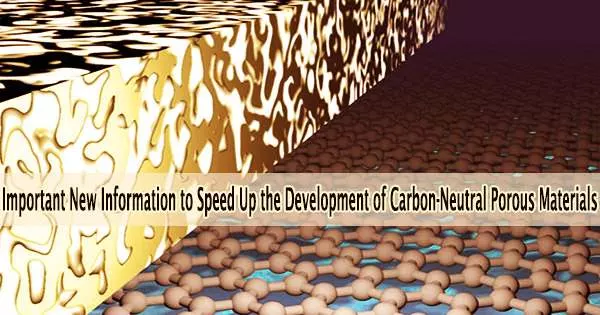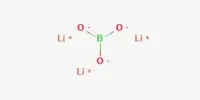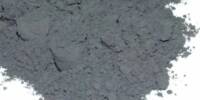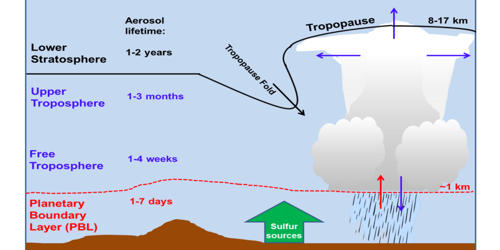Due to their superior performance in gas storage, separation, and conversion, metal-organic frameworks (MOFs) are being recognized as promising carbon-neutral porous materials. With the use of the geometric MOF building blocks metal clusters and organic linkers chemists may predict and create novel structures just like they would with LEGO®.
The complexity of metal ions during synthesis makes it a hard task to discover new metal building blocks.
The molecular metal clusters previously synthesized before realized in porous materials inspired a research team, led by Professor Wonyoung Choe at Ulsan National Institute of Science and Technology (UNIST), South Korea. This implies one can predict future MOFs by looking closely at their metal building blocks.
Zirconium metal clusters were compared in both molecules and MOFs by the research team. One of the leading metal-organic porous materials with exceptional stability and a wide range of uses is zirconium-based MOFs.
The researchers found 14 more forms of possible metal building blocks in MOFs in addition to seven different types of zirconium building blocks.
The study team offered viable synthesis methods as well as a library of those diverse molecular clusters for use as MOFs’ future metal building blocks. By offering metal cluster candidates whose structures were previously impossible to anticipate, this study is predicted to significantly speed up the discovery of novel MOFs.
This research can be extended to various metal clusters in MOFs beyond zirconium. New metal building blocks will provide a big hint to accelerate the discovery of future carbon-neutral porous materials.
Professor Wonyoung Choe
“Zirconium metal clusters feature outstanding molecular adsorptive and catalytic properties depending on their structures. Very excited to see what properties the new zirconium cluster will show,” said Dr. Dongsik Nam, the first author of the study.
“This research can be extended to various metal clusters in MOFs beyond zirconium,” noted Professor Wonyoung Choe. “New metal building blocks will provide a big hint to accelerate the discovery of future carbon-neutral porous materials.”
The findings of this research have been published as an Opinion in Trends in Chemistry, a sister journal to Cell, on April 4, 2023.
The National Research Foundation (NRF) of Korea via the Mid-Career Researcher Program, Hydrogen Energy Innovation Technology Development Project, Basic Science Research Program, Science Research Center (SRC), and Global Ph.D.
Fellowship (GPF), as well as Ulsan National Institute of Science and Technology (UNIST) has supported this study.
















